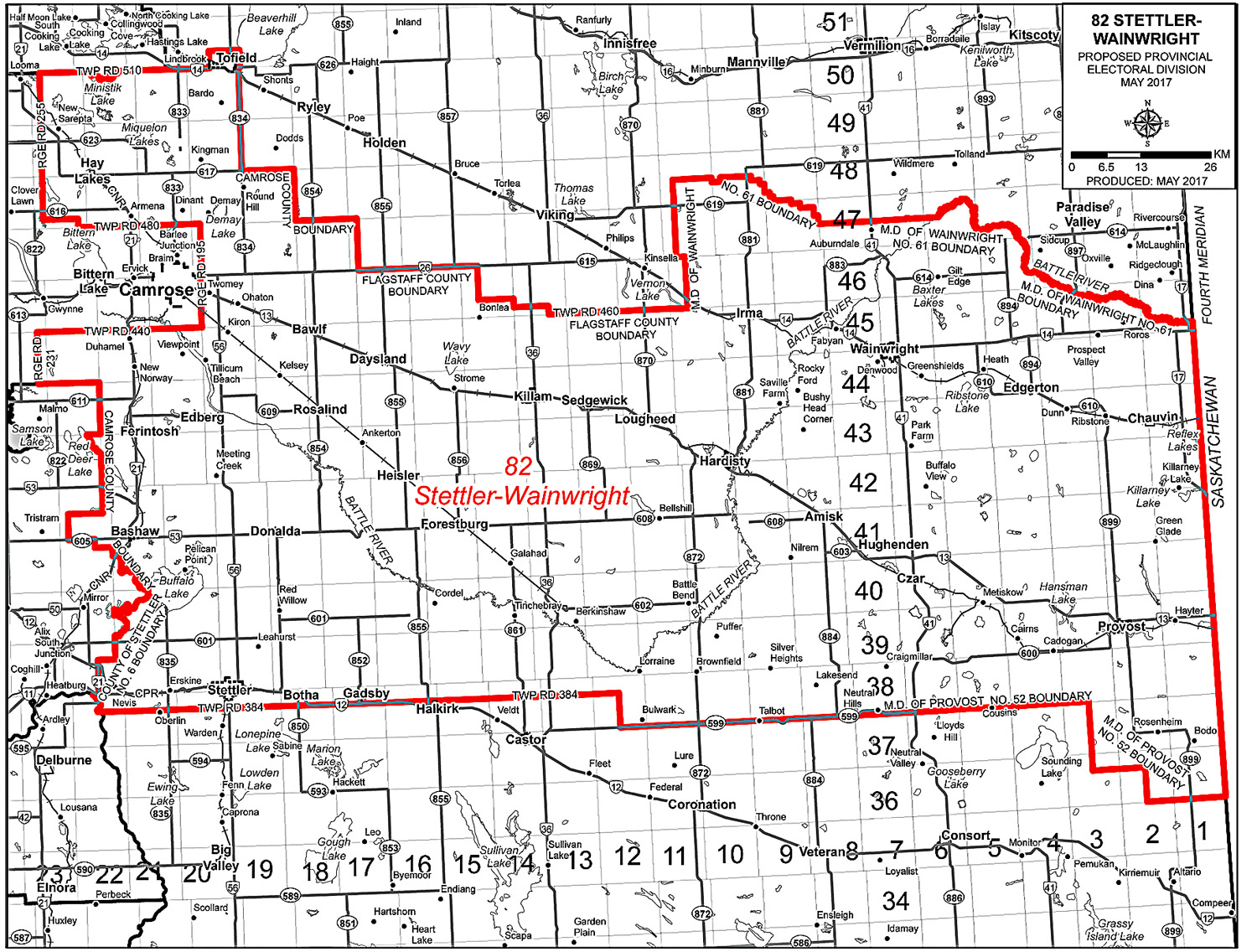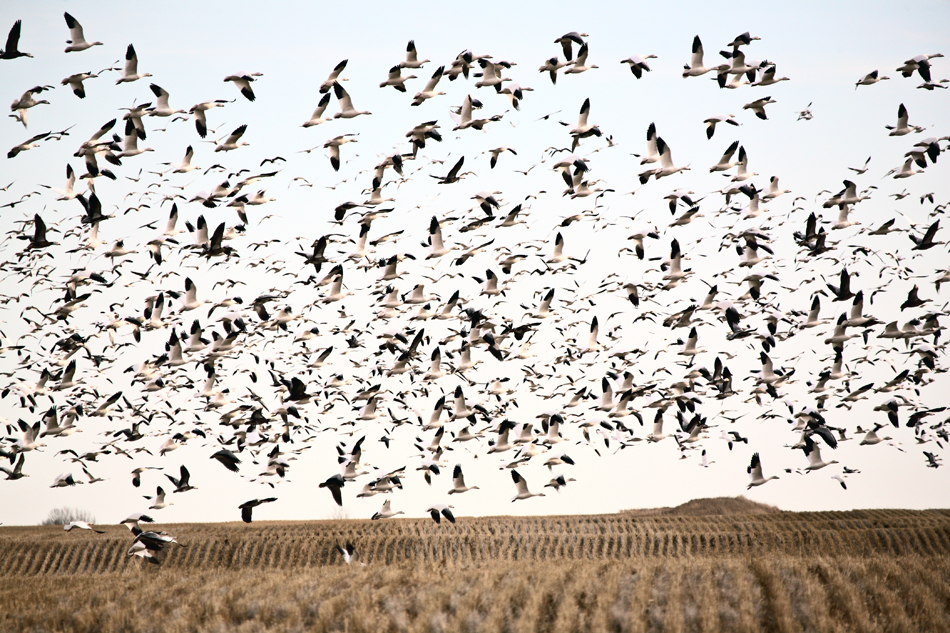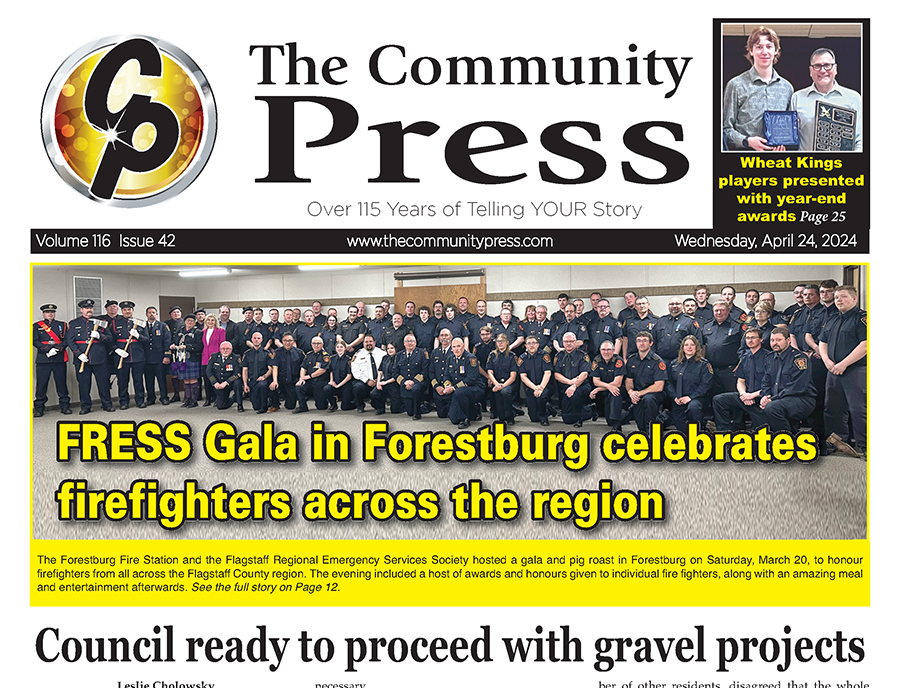Battle River-Wainwright provincial riding to change to Stettler-Wainwright
The interim report of the Alberta Electoral Boundaries Commission, a four-member body that is independent from the sitting government, proposes a number of changes to electoral divisions throughout the province.
The commission invited members of the public to make submissions and recommendations, and reviewed the 749 written submissions they received.
Alberta currently has a population of 4,062,609 and has 87 constituencies. Ideally, each constituency would contain 1/87th of the population, or 46,697.
The Commission reviewed a number of factors when making their determination. According to the report, when considering changes to existing boundaries, and those include sparsity and density of population, common community interests and organizations, existing municipal boundaries, number of municipalities, geographical features, including highways, clear and understandable borders, factors set out in the Electoral Boundaries Commission Act.
The Committee added other factors in their determination which included projected growth rates and communication challenges resulting from the size and location of a constituency.
The report lists some of the concerns they heard from the public, including “Rural Concerns.”
Some of these included the strict application of voter parity, suggesting that for rural Albertans to be represented effectively, their ridings should remain unchanged even if they are less densely populated than those in urban areas.
Many submitted that giving the rural vote a greater weight than the urban vote is justified because achieving the goal of effective representation would be hindered by increasing the already significant travel distances both to the legislature and within the constituency for many rural MLAs.
Others submitted that rural ridings should not be made larger because rural MLAs have obligations to a greater number of municipal, indigenous, and community organizations in their ridings than do urban MLAs.
Many of those who expressed concerns about their MLA’s ability to drive the distances required to make personal contact with voters acknowledged the core of their concern was the fear that boundary adjustment based on population equity would inevitably reduce the number of rural constituencies. In turn, this would reduce the number of MLAs representing rural concerns in the legislature.
“Their real worry was losing voice at the table,” the Commission concludes.
The commission reports that 1,890,943 of Alberta’s population currently lives outside Edmonton and Calgary, currently served by 43 electoral divisions. The Commission recommends that two of these be taken away, and that in each of Edmonton and Calgary, one new electoral division be created.
READ the FULL STORY in the latest edition of The Community Press. Never miss an issue – become a subscriber today! CLICK HERE!
Print is still the most effective medium. Attract LOCAL customers by supporting LOCAL media. ADVERTISE!
ads@thecommunitypress.com
The full Interim Report can be found at abebc.ca
Public hearings are scheduled in July around the province, including a Vermilion Public Hearing to be held July 18 (pre-registration suggested to make a presentation.)
Written submissions may also be prepared, the deadline to submit written feedback is July 16. Written feedback may be submitted by email, mail, or fax.
Leslie Cholowsky
Editor








